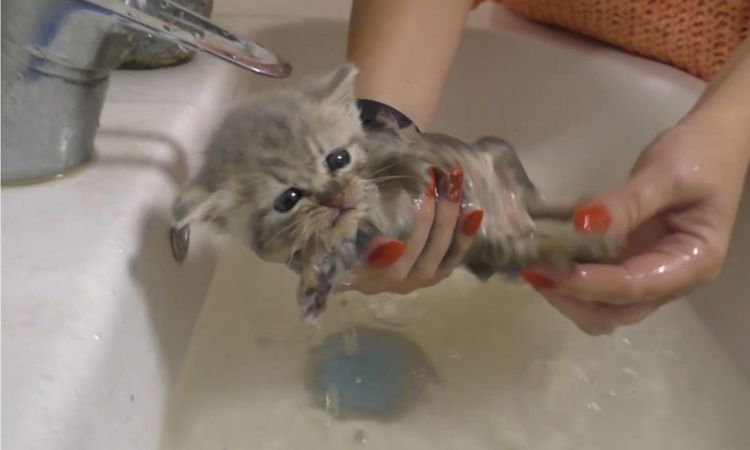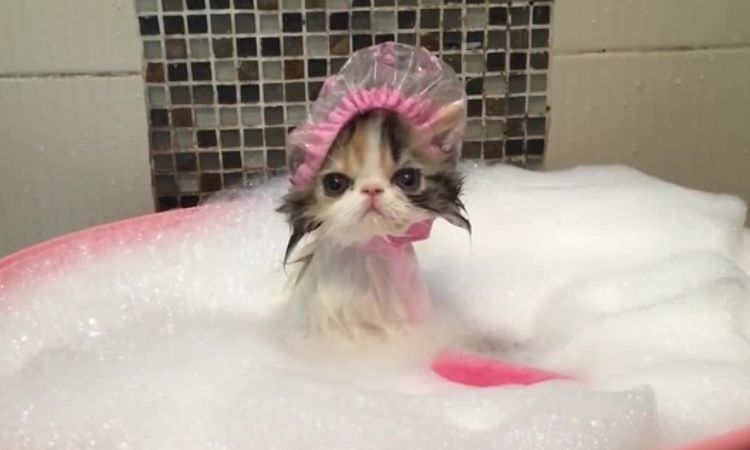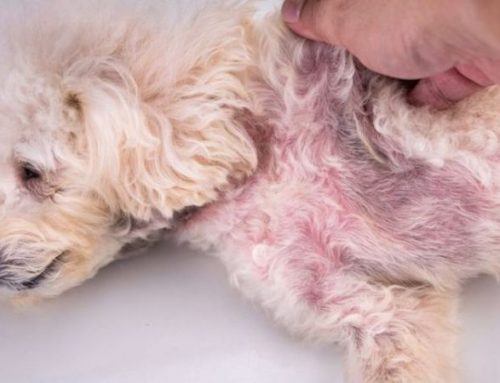Introducing a tiny ball of fur to bath time doesn’t have to be a nail-biting ordeal. While cats often get a reputation for being water-averse, many kittens are surprisingly curious and even playful around a gentle trickle of warm water. With the right approach, bathing your kitten can become a bonding experience rather than a stressful chore. This guide will walk you through the safest techniques, how often to bathe, and the crucial pitfalls to avoid, ensuring your little feline stays clean, happy, and healthy.

When and Why to Bathe Your Kitten
For most healthy kittens and adult cats, regular bathing isn’t needed. Cats are natural groomers, and their self-cleaning habits usually keep them spotless. However, there are specific situations where a bath becomes necessary.
The primary reasons a kitten might need a bath include:
- Severe Contamination – If your kitten gets into something particularly dirty or sticky—such as oil, sticky food, or feces— a bath may be required to remove substances that they cannot clean themselves. Flea infestations or other parasites may also necessitate a medicated bath prescribed by a veterinarian.
- Health or Mobility Issues – Some kittens may have medical conditions or physical limitations that prevent effective self-grooming. In these cases, a gentle bath can help maintain hygiene and prevent skin problems.
Understanding the difference between necessary and unnecessary baths is crucial. Unneeded bathing can stress your kitten and disrupt their natural coat and skin balance.
How Often is Too Often?
Many new kitten owners wonder: “Can I bathe my kitten once a week?” The answer, in most cases, is no. Frequent bathing can strip away the natural oils in your kitten’s coat, leading to dry, irritated skin and potentially affecting their overall health.
The ideal approach is to bathe kittens as infrequently as possible, reserving it only for situations where it’s truly needed. Exceptions exist for medical conditions such as ringworm or severe flea infestations—but these should always be guided by a veterinarian.
How to bathe a kitten without scaring it
Bathing a kitten can be intimidating, but with the right preparation and gentle handling, it can become a calm and even enjoyable experience for both you and your furry friend. The key is creating a safe environment, moving slowly, and prioritizing your kitten’s comfort and warmth throughout the process.
1. Pre-Bath Preparation
- Gather All Supplies
Before you even touch your kitten, make sure everything you need is within arm’s reach. This includes kitten-specific shampoo, a small cup or gentle sprayer, soft towels, and cotton balls for the outer ears if you’re confident using them safely. Never leave your kitten unattended during bath time you want to prevent accidents and ensure you have full control of the situation.
- Choose the Best Location
A small sink, plastic tub, or shallow basin is ideal. Large bathtubs can be overwhelming, and slippery surfaces increase stress and risk. Keeping the kitten in a contained space helps them feel secure and makes the process easier for you.
- Set the Water Temperature
Lukewarm water is crucial never use water that is hot or cold. Kittens, especially those under eight weeks, cannot regulate their body temperature effectively. Lukewarm water keeps them comfortable while avoiding the risk of hypothermia. Test the water with your wrist to ensure it feels pleasantly warm, not hot.

2. The Five Steps to a Calm Bath
Step 1: The Initial Approach (Minimizing Fear)
Start slowly. Gently pet your kitten and speak in a soft, reassuring tone. Keep them wrapped in a towel until the last possible moment to help them feel safe and secure. This slow introduction reduces panic and helps your kitten associate bath time with calmness rather than fear.
Step 2: Wetting & Protection (Avoiding Fatal Mistakes)
Safety is paramount. Protect the kitten’s delicate ears and eyes at all times. Use a damp cloth to clean the face instead of submerging it, and optionally place cotton balls in the outer ear canals only if you are confident they won’t slip inside. Avoid high-pressure sprays; instead, use a gentle cup or low-pressure sprayer to wet the fur gradually. Sudden splashes or forcing the kitten under water can lead to shock or accidental aspiration.
Step 3: Lathering
Use a small amount of kitten-safe shampoo and start from the neck, working gently toward the back and tail. Focus on cleaning without scrubbing harshly—the goal is to remove dirt and grime without irritating delicate skin. Keep movements slow and deliberate to maintain your kitten’s sense of safety.
Step 4: Rinsing
This step is critical. Rinse thoroughly until the water runs clear. Soap residue can irritate the skin, prompting excessive licking or ingestion, which could upset your kitten’s stomach. Take your time to ensure every bit of shampoo is removed, using lukewarm water and a gentle flow to avoid startling your kitten.
Step 5: The Post-Bath Sprint (Preventing Hypothermia)
Immediately wrap your kitten in a soft, dry towel. Young kittens can lose body heat quickly, so pat them gently while keeping them warm. Hold them close to your body if needed, and consider using a second dry towel for extra insulation. Once dry, allow for cuddles and quiet time to calm your kitten and reinforce a positive experience.
Related Reads: How to bathe a cat that hates water
Drying Safely & The Aftermath
After a bath, the drying stage is just as important if not more so than the washing itself. Young kittens are extremely sensitive to temperature changes, and even a few minutes of damp fur in a cool environment can put them at serious risk of hypothermia. Handling this step carefully ensures your kitten stays safe, warm, and comfortable.

1. The Drying Process: The #1 Safety Concern
As soon as your kitten is clean, wrap them snugly in a large, soft, warm towel think of it as a cozy burrito. Gently pat and rub to remove as much water as possible. Avoid vigorous rubbing, which can stress the kitten or tangle their fur. Using multiple towels can help, especially for longer-haired breeds or if your kitten is particularly wet.
If you choose to use a hairdryer, it must be on the lowest heat setting (warm or cool, never hot). Keep the dryer moving constantly and hold it at a safe distance to prevent burns. Most kittens respond best to air drying in a warm, draft-free room. Make sure the environment is free from cold drafts and that the kitten has a soft, dry surface to settle on while drying.
Kittens have tiny bodies and immature thermoregulation, so their core temperature can drop very quickly. Even a few minutes in a cool or damp environment can cause hypothermia, which is dangerous and potentially life-threatening. By acting promptly and keeping the kitten warm, you protect them from this serious risk.
2. The Reward
Once your kitten is completely dry, it’s time to reinforce a positive experience. Offer a few tasty treats or engage in gentle playtime immediately after drying. This helps your kitten associate bath time with comfort, warmth, and fun, making future baths less stressful and even something they can tolerate—or enjoy.
Keeping your kitten clean is about more than just appearances—it’s about health, safety, and trust. By understanding when baths are truly necessary, preparing the environment carefully, using kitten-safe products, and drying them properly, you protect them from hypothermia, skin irritation, and unnecessary stress. Each bath becomes an opportunity to strengthen your bond, teach gentle handling, and ensure your kitten grows into a healthy, confident cat. Consistency, patience, and attentiveness turn a potentially stressful task into a safe, manageable, and even positive experience for both you and your furry companion.






